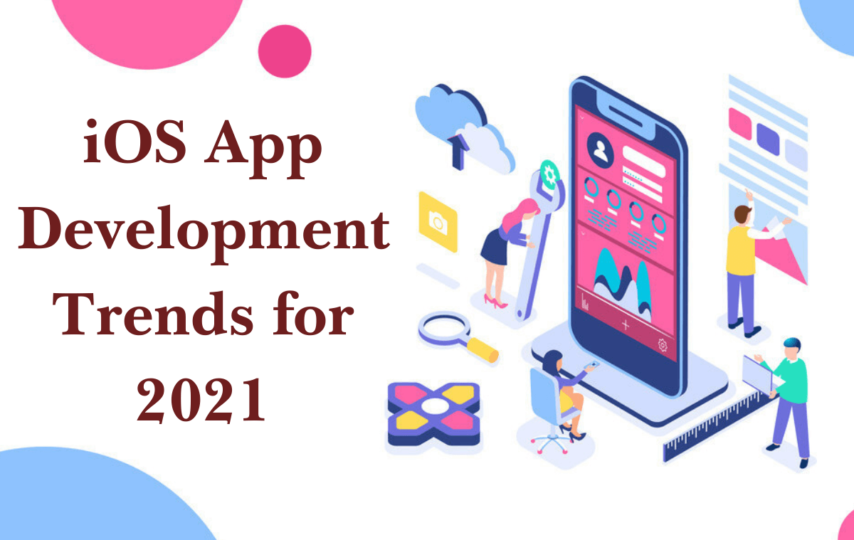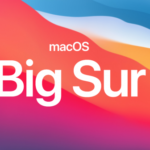In an era when the world is heading towards digitization, the mobile app development industry is continuously evolving. According to Statista, global mobile app revenues reached more than $365 billion in 2018 via in-app advertising and paid downloads, and are projected to generate over $935 billion in revenues by 2023.
Consumer demands, tech advancements, and a number of other factors have a direct impact on mobile app trends. So, how does 2021 look like for mobile app development? And how to design an app that would be up to date with the latest trends?
Let’s take a deep dive into some of the most important app development trends for the upcoming year.
Image by Freepik
- Machine Learning and Artificial Intelligence
According to Adobe, nearly 30% of leading companies use AI for marketing, and more than 30% plan to use AI in the next year.
Machine learning and AI have transformed the face of app development and this year, they’re expected to take it to a whole new level. AI-powered chatbots have changed the way brands interact with customers via smartphones. Mobile apps with services such as food delivery, online shopping, and cab services are integrating chatbots to respond to customers’ queries quickly and efficiently.
With 80% of businesses expected to utilize chatbots and invest in them by 2021, and clients appreciating exact and brisk answers, it’s a genuine business opportunity to coordinate a chatbot to your versatile mobile app.
- Mobile Commerce
Mobile commerce is one of the trends that have been dominating the market in the last two years and it is expected to continue on this path in 2021. According to eCommerce stats, mCommerce is expected to share nearly 75% of the global eCommerce market by 2021, which is up from 59% in 2017.
After Google Pay, Samsung Pay, and Apple Pay have encouraged customers to use their smartphones instead of their credit and debit cards to shop online (mobile wallets), retail and eCommerce businesses want mobile apps that allow their customers to shop easily and make transactions without physical cards or cash. According to a recent report, in 2019, there was $6.1 billion worth of transactions from mobile wallets. This is expected to reach $13.9 billion by 2022.
In other words, the mobile wallet market is very likely to double up in the next two years, which means that mobile wallet integration should become a standard feature for every app that processes transactions.
- Internet of Things
Internet of Things (IoT) is a vast network of interconnected digital, computing, and mechanical devices that enable the transfer and exchange of information and data. The use of IoT in apps helps to remotely control smart gadgets via smartphones.
In addition, IoT-powered apps make it possible to connect wearables like bands, wristwatches, and eyeglasses to your smartphone, allowing for data to be exchanged between the devices.
Thanks to leveraging the power of the IoT app development, home-based medical devices are also becoming popular. Medical devices are connected to sensors that obtain health data from the patient, which is transferred to an app. This data can then be automatically transferred to the doctor or in case of an emergency. The health IoT app development is expected to reach more than $116 billion by the end of 2020.
Let’s not forget about home automation, which IoT has taken to an entirely new level. The widespread use of mobile devices makes them ideal for home automation. Besides ensuring security and safety, IoT app development will also significantly lower energy consumption.
- 5G Technology
5G is definitely one of the top trends in mobile app development. Without a doubt, the 5G network’s speed will be much faster than the 4G network. But besides speed, the 5G technology also serves other functionalities such as data security, augmented reality, and 3D gaming.
Since 5G services now offer a range of opportunities, developers should design the apps appropriately, in order for all users to enjoy faster network speed for enhanced performance.
However, it will take a few more years for 5G to roll out on a broader scale. By 2024, forecasts predict that there will be around 1.9 billion 5G subscriptions worldwide, with North America and developed Asia embracing the technology faster than the other regions: by 2025, about 50% of overall mobile connections are projected to be 5G-enabled in these two regions.
Image by Freepik
- Augmented Reality and Virtual Reality
VR and AR revenue is valued at $16.8 billion and the number of mobile augmented reality users is projected to hit 3.5 billion by 2022.
Remember when everybody was going wild about Pokemon Go? The whole game depended on expanded reality on a smartphone and it was very successful, resulting in over 800 million downloads and $1.2 billion in income!
Recently, the mobile AR experience delivered by Snapchat became very popular as it offers mobile users augmented photo filters. In addition, many retail businesses capitalize on mobile VR and AR. For instance, IKEA uses AR to help customers visualize furniture in their homes before making a purchase, whereas Apple and Google have launched tools that will allow developers to create amazing mobile experiences for iOS and Android users.
Final Thoughts
Mobile app development is constantly evolving, so if you are building apps using information from 2-3 years ago, you’ll fall behind your competition.
These 5 mobile app trends are just the tip of the iceberg but they’re a great starting point to gain an edge in your space.







